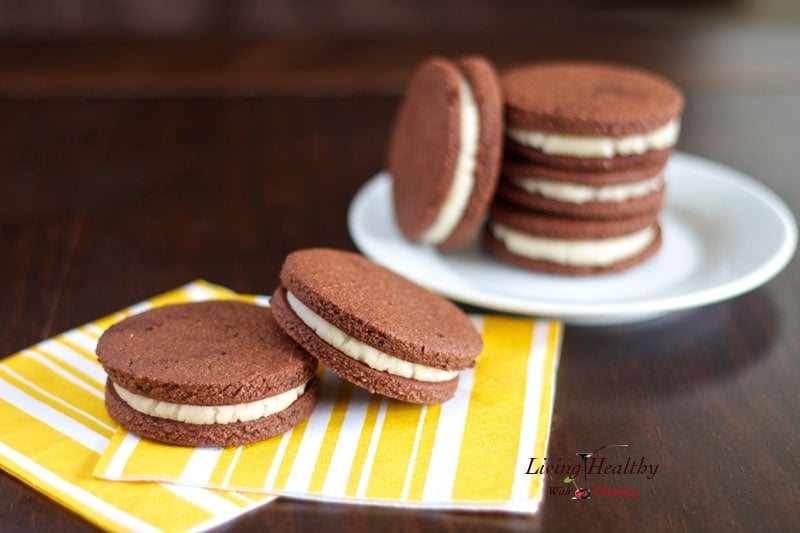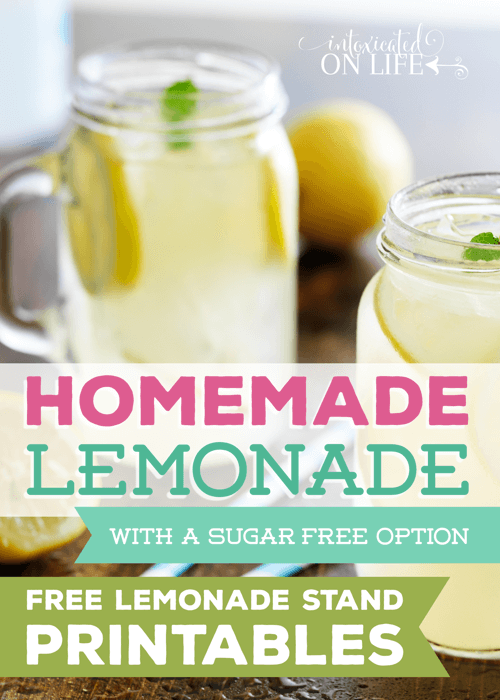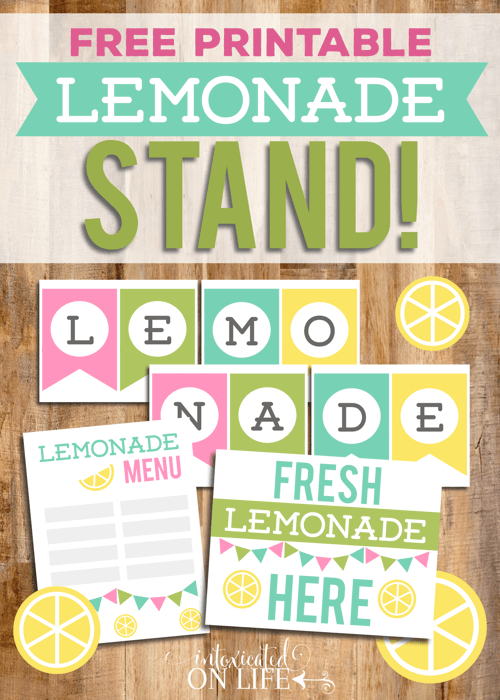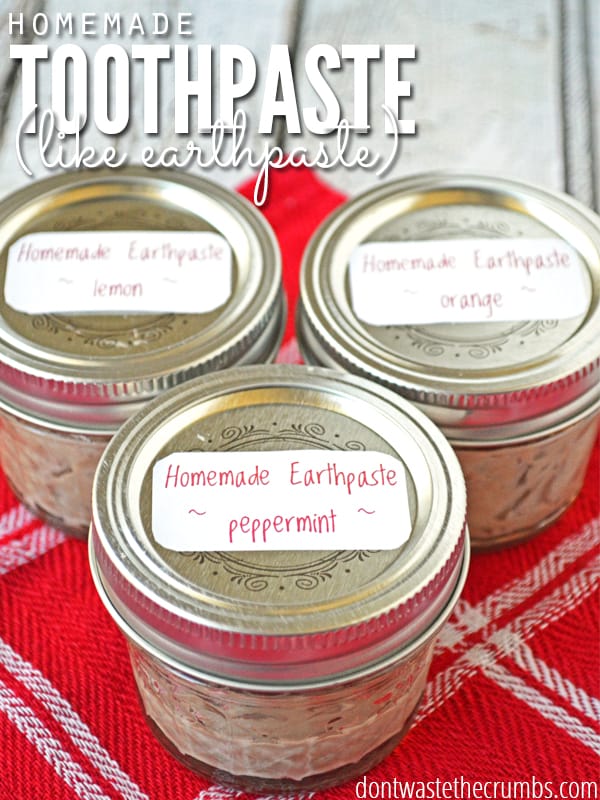
Confession: I make homemade toothpaste because I’m a toothpaste snob.
I fell in love with Earthpaste after using it only once, and the whole family has been happily brushing their teeth with dirt ever since. In fact, we credit my husband beating gum disease to the clay.
However, when our supply of Earthpaste began to run low, I started to panic.
You see, I was so in love with all-natural Earthpaste and so against conventional toothpaste (because of the glycerin and fluoride), I never wanted to go back and use the old stuff again..
So in a temporary moment of temporary mom-gone-too-crunchy, I threw every other tube of toothpaste we had away.
In one fell swoop, every last box and tube was gone. Even the tiny samples!
Don’t get me wrong – I’m SO glad we’ve switched to an all-natural toothpaste. But without a backup in the closet, when the toothpaste was gone, it was gone!
In all the stores I shop locally, I’ve never seen Earthpaste on the shelves.
I know Whole Foods carries it, but since the I always walk out of there spending more money than I planned, I just try to stay away in the first place. I’d probably pass out at the price tag anyway.
I know I can get Earthpaste from Amazon, but that usually means waiting a couple days for delivery.
Our experiment to see if cutting the tip off the end of toothpaste saves money worked, and it would stretch what toothpaste we had on hand for a little bit. But I had to come to terms with the inevitable: A day would come when the tubes would be completely empty and we would officially run out of toothpaste.
That day came sooner than later and I was forced to make a decision: Either fork over the money for more Earthpaste, or try my hand at homemade toothpaste.
Pssh, as if there’s an option in this frugal crunchy house.
I thought it would be super cool to make homemade toothpaste with coconut oil, and I know that the benefits of coconut oil are pretty amazing, so my first batch included it plus clay, peppermint essential oil, salt and tea tree oil. The flavor wasn’t bad, but it made for a really weird brushing experience.
Because coconut oil is solid at room temperature, you can’t just dip your toothbrush into the jar. I had to scrape some out first and then put it on my brush. Then in my mouth the homemade toothpaste felt like little pieces of hard-ish clay were floating around until the heat from my mouth finally melted it.
And then suddenly my mouth become oily and minty and I wasn’t really sure if I was actually brushing with it or if the melted toothpaste was just hanging out under my tongue.
Let’s just say my first batch of homemade toothpaste with coconut oil was weird.
Too weird in my book and if it’s weird to me, it’ll definitely be weird to the rest of the family. And who wants to feel weird when they’re brushing their teeth?
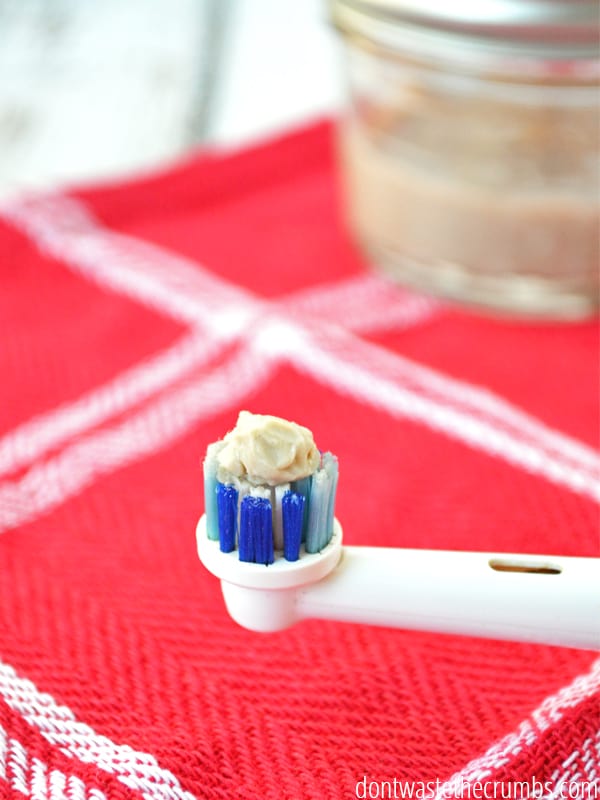
So I moved on to plan B and what should have been plan A in the first place: Make homemade toothpaste that’s just like Earthpaste.
The list of ingredients on a tube of peppermint Earthpaste is pretty simple and straightforward: water, clay, xylitol, peppermint essential oil, menthol, real salt and tea tree oil. Lucky for me, I had everything but xylitol and menthol.
Xylitol is a sweetener (with some beneficial properties for teeth), but I did have stevia and figured it would do the job as a sweetener just fine.
Menthol is often used for its breath-freshening qualities, but using both tea tree oil and peppermint oil would work.
Neither of these substitutions were deal breakers in my book – we still needed toothpaste, remember?!
My second batch of homemade toothpaste included water, clay, stevia, peppermint essential oil, real salt and tea tree oil. Dare I say, it was just like Earthpaste?!
I got brave and branched out beyond peppermint, mixing and matching the essential oils I had with the flavors of stevia in my pantry. In the end, I was able to create three flavors of all-natural homemade toothpaste that replicate Earthpaste so much so that my family can’t even tell the difference!
All three flavors are Mr. Crumbs and kid approved, verified by eating AND brushing. (The Boy is actually the one that said the lemon flavor wasn’t lemon-y enough!)
How to Make Homemade Toothpaste (that’s just like Earthpaste!)
Homemade Toothpaste Supplies
- 2 Tbsp bentonite clay
- 3-4 Tbsp distilled or boiled water that has cooled
- 4 drops tea tree oil**
- 5 drops liquid stevia OR xylitol (optional, to taste)
- 10-15 drops essential oils** in peppermint, lemon or orange (depending on what flavor you choose)
- tiny pinch of salt
- plastic or wooden spoon or spatula
**Note: I prefer to buy Young Living essential oils, but I’ve heard good things about Rocky Mountain Oils and Plant Therapy as well.
Homemade Toothpaste Method
Combine 3 Tbsp of water with clay in a non-metal bowl and mix well using a non-metal spoon (the clay should never come in contact with any metals). Add tea tree oil, stevia and 10 drops of desired essential oil (peppermint, lemon or orange). Mix well.
Add a pinch of salt, mix well and taste. Add additional stevia and/or peppermint essential oils and/or water to taste and texture, adding oils one drop at a time and water 1/2 Tbsp at a time. The flavors will meld together over time, so wait 48 hours before making significant adjustments to the flavor.

Cost Breakdown for Homemade Toothpaste
The best price on Earthpaste I can find is through Azure standard, where you can get one tube for $4.20. The next lowest price is at Amazon for $5.15 per tube. Since not everyone has access to Azure, let’s use Amazon’s price of $1.56 per ounce for comparison purposes.
The recipe above will yield approximately 1.5 ounces and here’s the breakdown of the cost of each ingredient:
- clay: $0.60
- water: $0
- tea tree oil: $0.05
- peppermint essential oil: $0.18
- liquid stevia: $0.08
- salt: $0.01
Total cost of all-natural, homemade toothpaste that’s just like Earthpaste: $0.61 per ounce. That the same as $2.45 for one 4oz tube, or a savings of over 60%!
So far, the only downside I can see from making your own toothpaste is the up-front cost of ingredients. However, one 10 oz tub of bentonite clay can make over 34 batches of the recipe above and each 1 oz bottle of essential oil will make over 37 batches.
To say you’ll have enough ingredients on hand to make toothpaste for awhile is an understatement!
Using and Storing Homemade Toothpaste
We use this toothpaste by simply dipping our brushes in the one jar. However, if you’d prefer everyone to have their own containers, here are a few options:
- Mini Plastic Pots: These are about the size of a single eyeshadow container and take the issue out of sharing one bigger jar. One batch will fill 2-3 pots, depending on how well you pack it in.
- Reusable Plastic Tubes: These allow you to squeeze the toothpaste out, instead of dipping into a jar. Each holds 3 oz, so roughly one batch of toothpaste per tube.
- Small Glass Jars: Each jar is 4 oz, so one batch of toothpaste fills each about halfway. This is what I use personally, since each jar can serve many functions beyond the bathroom.
- Mini Glass Jars: Similar to what we use, except that each jar is only 2oz and comes with a plastic lid. Perfect for those concerned about the clay touching metal, and traveling!
Side note:
You might be asking, why bentonite clay? Bentonite clay has so many amazing health benefits (you can read more about that HERE and ways to use it!). One of the benefits is the remineralizing effects clay has on your body (and teeth!). This could be one reason why my husband was able to heal his gum disease naturally.
Are you a toothpaste snob? Would you fork over the money and pay for toothpaste, or would you try to make it yourself? What flavor would you make?
Original article and pictures take dontwastethecrumbs.com site
























